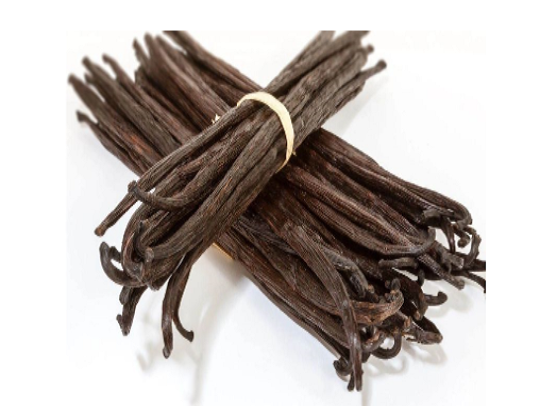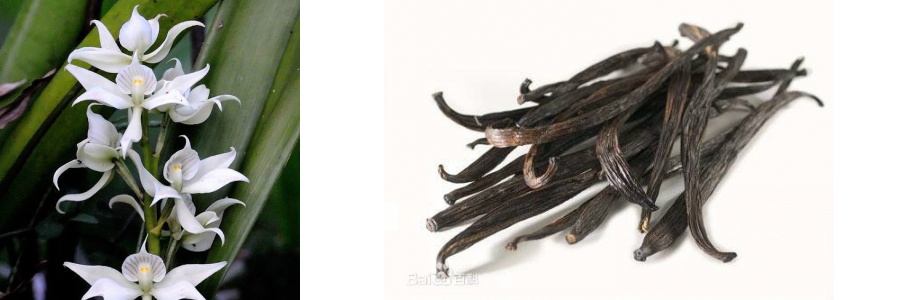What are the differences between Ethyl Vanillin and Vanillin?
Vanillin and Ethyl Vanillin are two distinct compounds widely used in the food and fragrance industry, each possessing unique characteristics that contribute to their individual applications. To delve into their dissimilarities, we must first understand their chemical compositions and origins.
Vanillin: Unveiling Nature's Aroma
Vanillin, a natural compound, is primarily derived from vanilla beans. It is responsible for the characteristic flavor and aroma associated with vanilla. The extraction process involves curing and fermenting vanilla pods, where the compound is isolated and purified. The result is a pure, natural product that has been a staple in culinary and perfumery applications for centuries.
Ethyl Vanillin: A Synthetic Symphony
On the other hand, Ethyl Vanillin is a synthetic variant of vanillin, created through chemical synthesis. The key difference lies in the presence of an ethoxy group in Ethyl Vanillin, which imparts a slightly different flavor profile compared to its natural counterpart. This ethoxy group enhances the compound's stability and amplifies its aroma, making Ethyl Vanillin a popular choice in various industries.
Chemical Distinctions: Unlocking the Secrets
Chemically, vanillin is identified as 4-hydroxy-3-methoxybenzaldehyde, while ethyl vanillin is characterized as 3-ethoxy-4-hydroxybenzaldehyde. The addition of the ethoxy group in Ethyl Vanillin not only alters its aromatic properties but also enhances its solubility in alcohol, providing broader applications in the formulation of certain products.
Significance in Industries: Where They Diverge
In the food industry, vanillin is often preferred for products aiming to showcase a natural and authentic vanilla flavor. Its origin from vanilla beans aligns with the growing consumer demand for natural ingredients. Conversely, Ethyl Vanillin finds its niche in applications where a more intense and long-lasting vanilla note is desired, such as in the production of chocolates, baked goods, and certain fragrances.
Impact on Cost and Sustainability
The synthetic nature of Ethyl Vanillin contributes to its cost-effectiveness compared to natural vanillin, making it an economical choice for manufacturers. However, the debate over natural versus synthetic ingredients persists, with considerations for sustainability and consumer preferences. As the food and fragrance industries evolve, finding a balance between cost efficiency and meeting consumer expectations becomes crucial.
Conclusion: Aromatic Harmony in Diversity
In essence, while both Vanillin and Ethyl Vanillin share the same aromatic foundation, their chemical disparities lead to distinct sensory experiences. The natural allure of vanillin captures the essence of tradition, while the synthetic ingenuity of Ethyl Vanillin expands possibilities in product formulation. As consumers continue to seek diverse and dynamic flavors, both compounds will undoubtedly continue to play pivotal roles in shaping the sensory landscape of the industries they serve.



